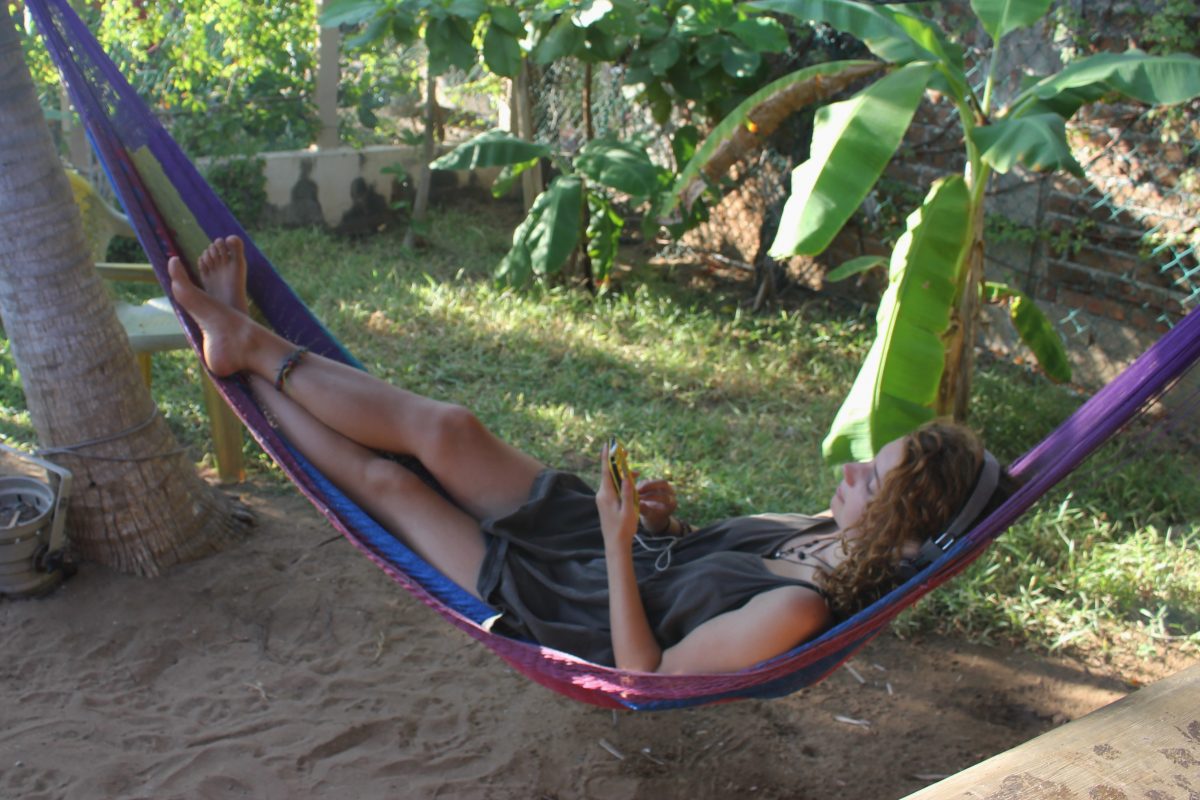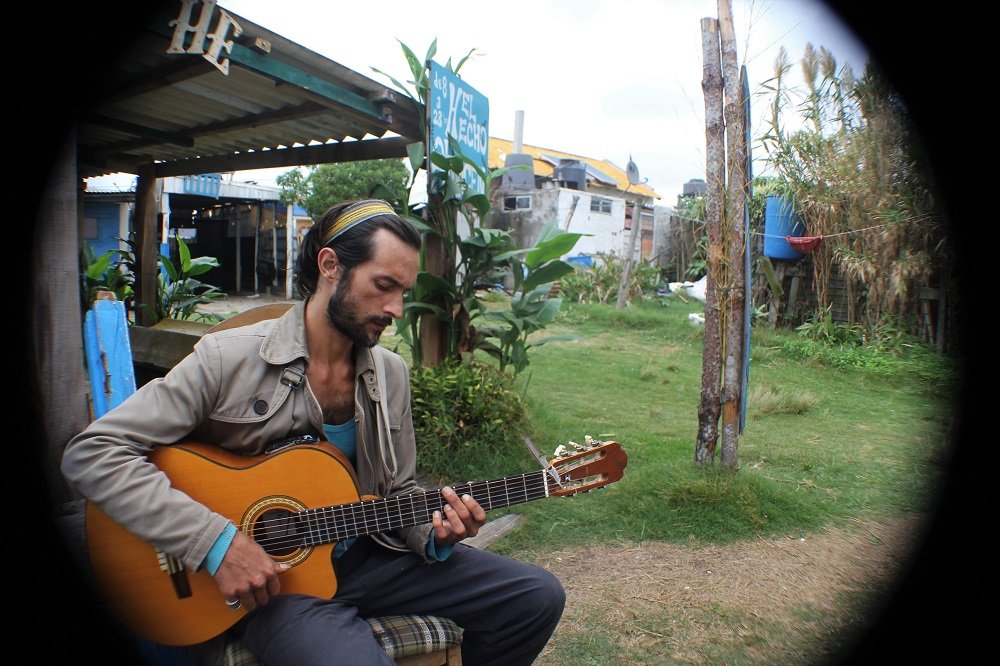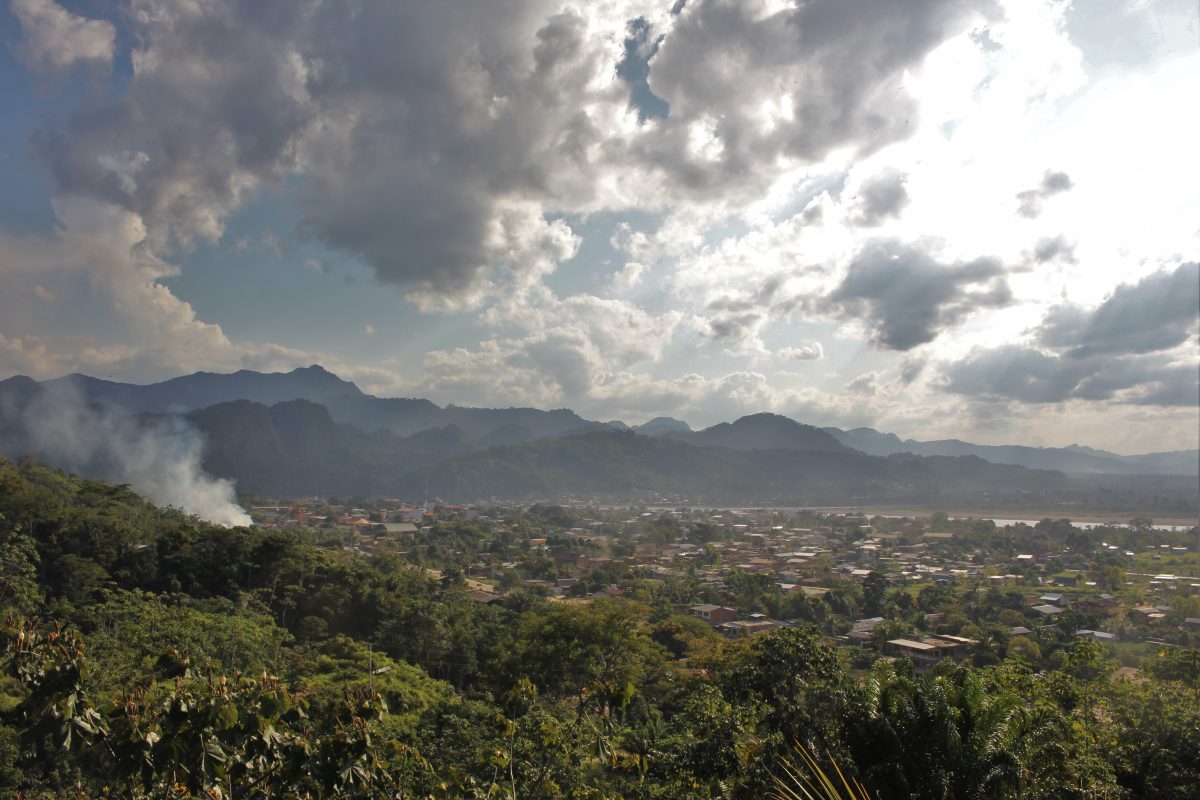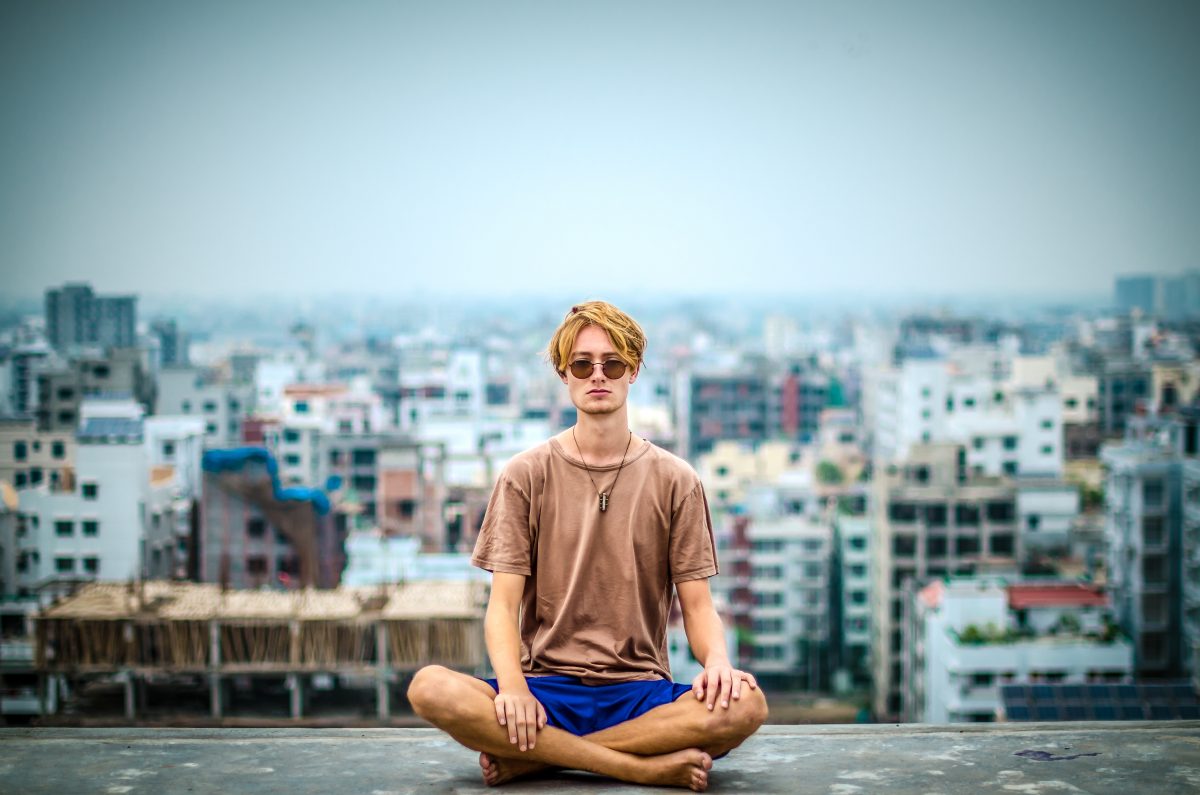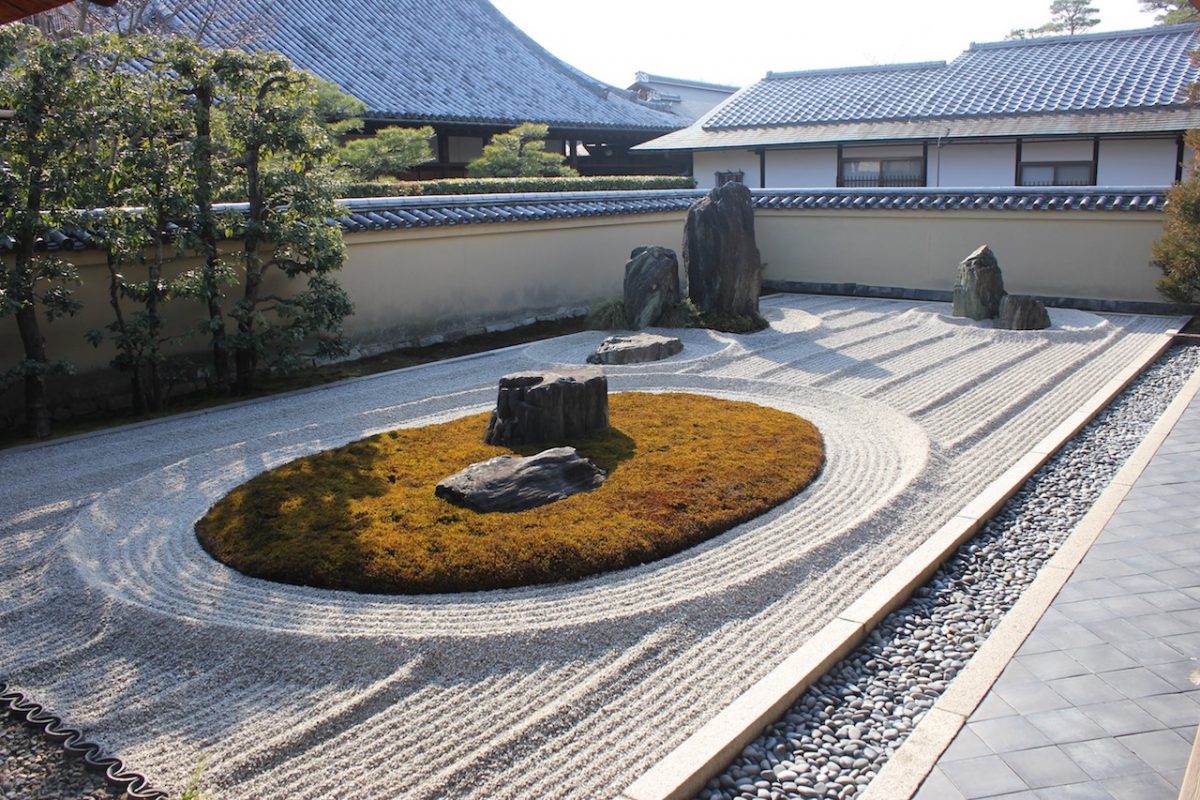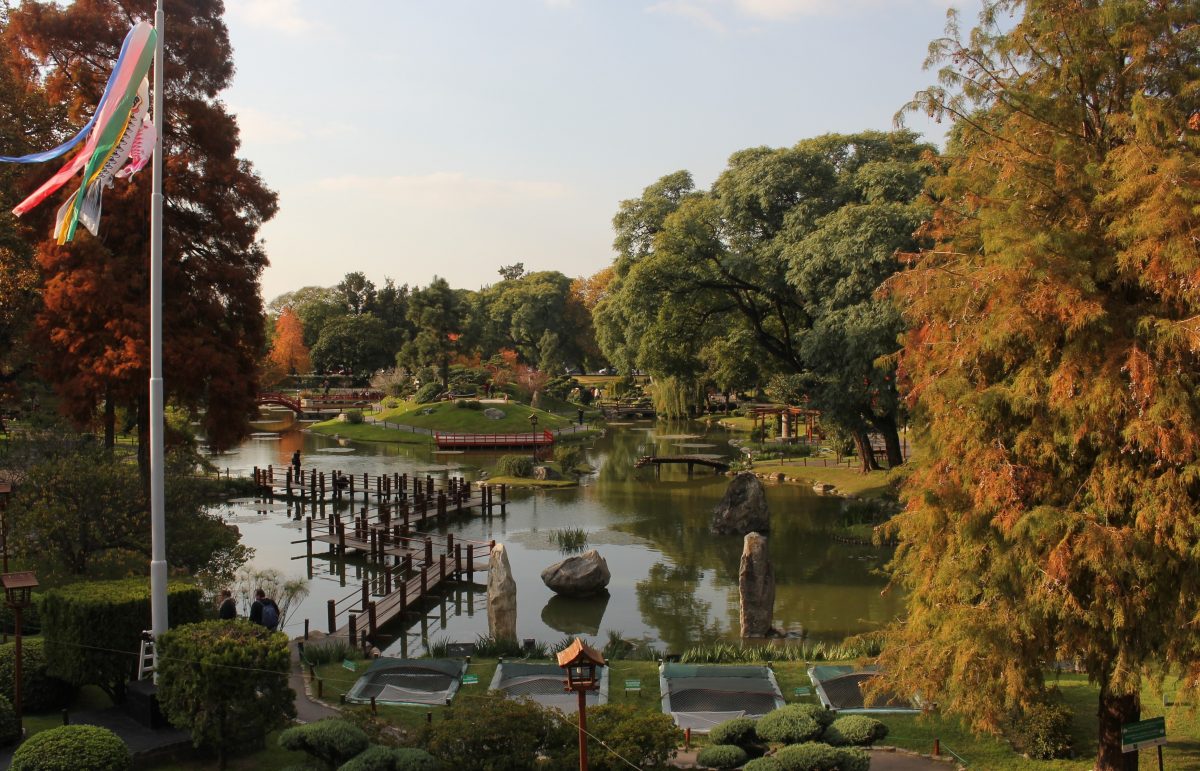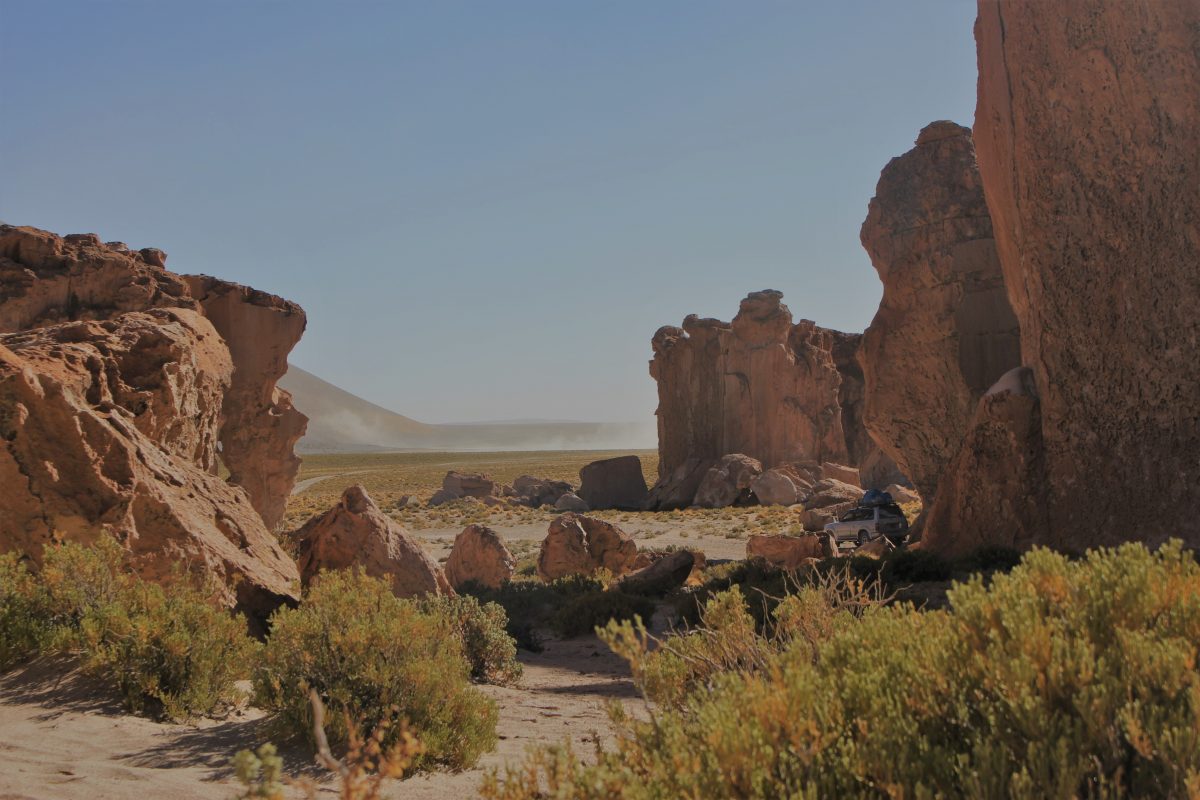
The wilderness of Bolivia – where the trip took place
Background
I first seriously started considering my multi-microdose wilderness trip immediately after I’d booked the three-day tour to the Salt Flats of Bolivia- the day before it started.
A multi-day trip through desert past lagoons, geysers and other natural wonders was fairly calling out for a psychedelic and despite having read a few online articles on the positive effects of microdosing, I’d never actually gotten round to it. This struck me as a perfect opportunity; the landscapes surely couldn’t be hurt by a bit of chemical manipulation but I also didn’t want to trip so hard when I’d be spending a lot of time in a packed 4×4 nor feel uncomfortable with my fellow travellers.
I didn’t tell anyone of my psychoactive ingestions; I didn’t want to be that guy who shows up and does acid everyday, well actually I did, obviously, but I didn’t want to be treated any differently.
Admittedly this ‘experiment’ wasn’t conducted under the strictest lab controls. It was the first and only time I’ve ever been on a tour of this nature, to altitudes that high (up to 4000m), or even in Bolivia – quite a few incomparable variables then. To add to the scientific rigour, or lack of, I couldn’t measure out my doses, so I just used small pieces of a tab, ranging between a tenth and a fifth of a tab each time, with the tab containing around 180μg. I’d read that it’s not effective to dose on consecutive days but I figured I’d see for myself how it works – at least that makes it an experiment right? Well, I guess this is more of a trip report then, but I’ve also tried to write analytically of the effects I felt and there is a summary of them at the end of each day.
Having never microdosed before I thought I’d do a little test run on the afternoon the day before the tour started. The fact that I was also going star viewing at an observatory with telescopes that night threw in a tasty motivator only elevated by the cool fact that my location, the Atacama desert, is one of the best places on the planet to stargaze. Realizing that it’d be more crazy not to take acid in this circumstance, I went to my room, took out my nail clippers, trimmed off a corner and chucked it down.
Day 1 – San Pedro De Atacama
[Apparently there was a decent amount on that corner and it turned out to be more of a semi-trip than a microdose.]
With its narrow dusty streets the small town of San Pedro De Atacama was like the set of an old Wild West, but lightly charged with the modern day atmosphere that tourists quietly milling around provides. Walking around with a spring in my step I felt coolly elated and couldn’t wipe the smile off my face. Thoughts slowed down, and my awareness of the spaces between them grew; there was an absence of typical mental background noise which gave a lightness to my inner being – it felt more spacious. My cognition was more focused, there was a crisp quality to my thoughts and more lucidity in my mental navigation.
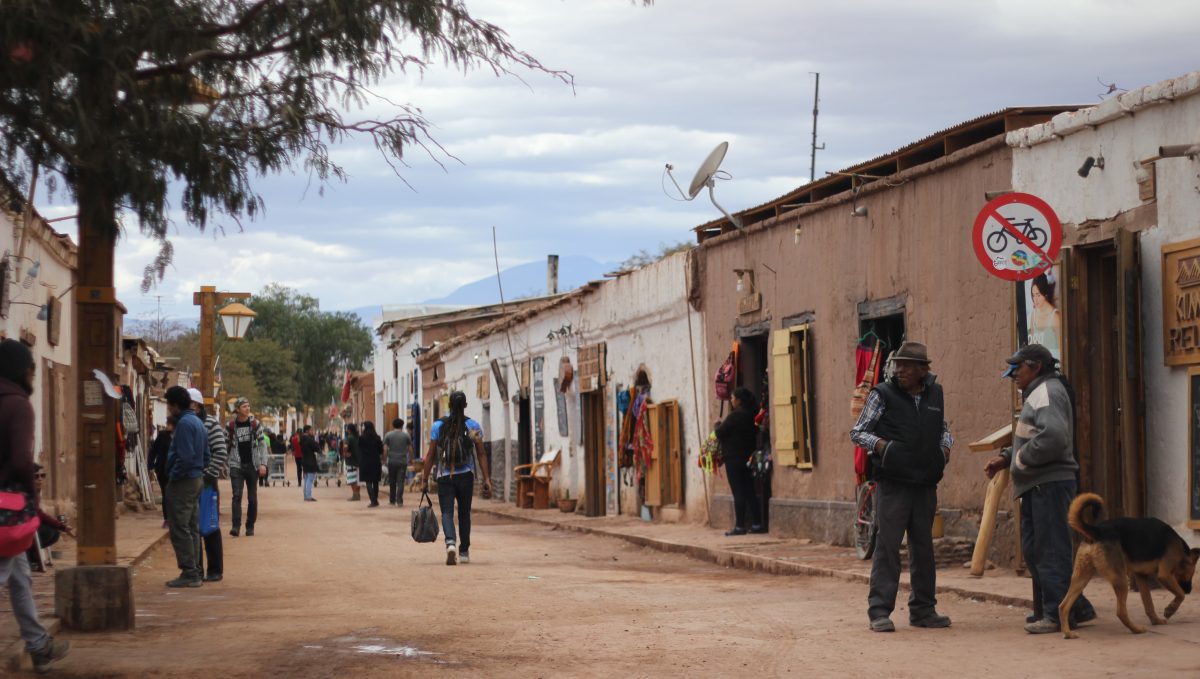
The main strip of San Pedro De Atacama
Back at the hostel I got chatting with my two roommates, a couple of friendly European girls. Socially I felt very comfortable, even probably more than normal. Chatting with them I felt calm and content, they’d just come the other way from Bolivia and we shared some stories. At one moment I saw a twinkle in the eyes of the German; she looked alive, I mean really alive. I was in that rarely visited field of experience where you once again realise that other people aren’t merely characters in your story- something within the depths of her pupils had revealed to me the easily forgotten fact of her being an actual living being with a life as vivid and complex as my own. As we looked into each other’s eyes I felt a deep human connection. Even though we’d just met I felt close. Both she and her friend seemed like genuinely good people and I felt an instinctive trust towards them.
Leaving the girls I went alone to the edge of the desert. Gazing out at a huge mountain lying before the tangerines of sunset I felt an underlying peace and stayed out there in peaceful contentedness, returning to town only after darkness had fallen. Lit up by small streetlamps the town looked magical by night, the scene coercing in me that feeling when you feel like you’re in a movie, when everything seems so scenic and atmospheric, and beauty seems to be more readily sprouting and observable in typically mundane scenes. Unfortunately the stargazing tour was cancelled due to clouds so, bumping into them again, I went out for dinner with my two roomies. I didn’t feel particularly hungry and could’ve easily skipped the meal but ordered something anyway thinking it healthy to eat something. The evening with the girls was a pleasure, I again felt at ease and had a thoroughly enjoyable time with them before we said our goodbyes.
Summary
- Elation
- Absence of typical mental background noise
- Clearer thinking & lucidity in mental navigation
- Socially felt very comfortable and positive
- Easily felt human connection (increased empathy and trust)
- Magic & beauty perceived much more readily than usual
- In-a-movie feeling
- Overall felt pretty damn great
Day 2 – Into Bolivia
After yesterday’s significantly stronger than expected dose I thought it wise to wait until after the border pass before dropping; the prospect of simultaneously dealing with a come-up and a customs official didn’t particularly appeal so I’d prepared a piece of tab, put it in a folded receipt and tucked it in my wallet ready for deployment. Stamped out of Chile and into Bolivia, it was about 8am when I was leaving the customs control shack and with the ink still drying on my entry stamp for Bolivia, I administered the first dose of the desert-drive sessions.
[The dose was fairly strong again. Yes, I know microdosing should be sub-perceptual amounts and the effects this day certainly weren’t that, but hey, I’m still learning this game.]
The Tour Starts

Tour crew
The other 5 in my tour group were good company, I sensed good vibes from them and felt at ease and open. I was interested in their stories and I chatted and joked with them in high spirits as we passed lakes, mountains and geysers, occasionally bumping into other tourists on other versions of the same tour. We took a thermal bath in the middle of nowhere in the freezing chill and it was awesome! Everything felt fresh and new, everyone was in good spirits and there were good vibes all round. Excellent morning!
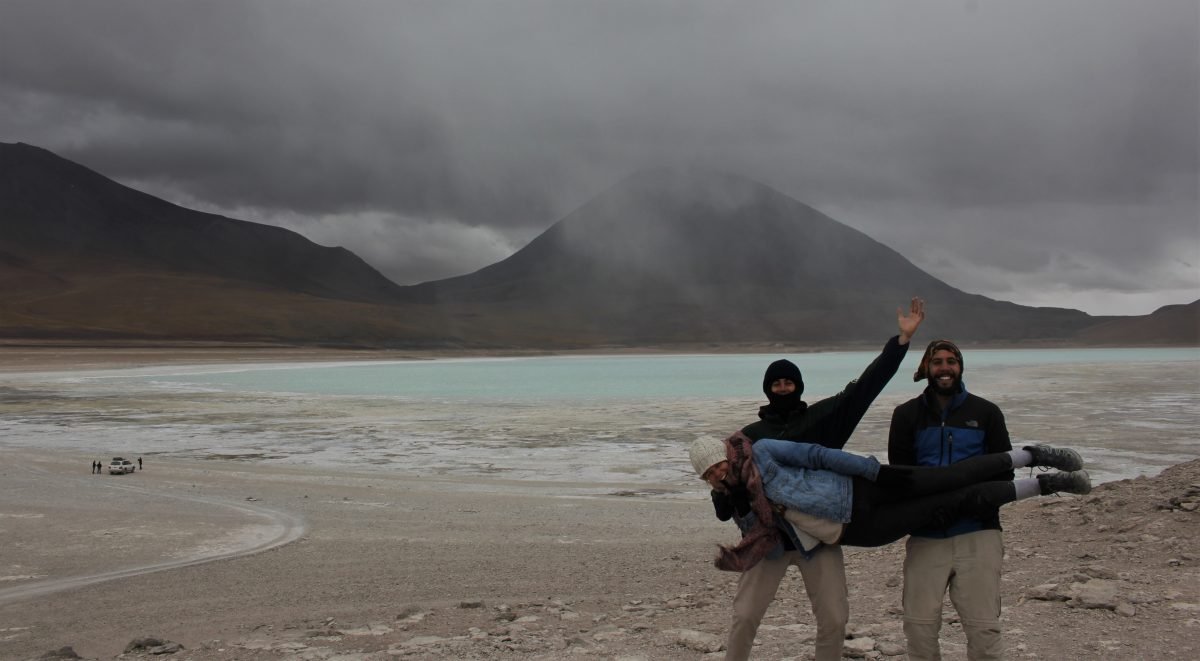
Despite this, when we were in the car, I never felt like I was ‘waiting’ for or in anticipation of the next stop, I still felt very present, enjoying looking out at invariably awesome views. I suspect driving through such landscapes may well have pulled me into present awareness minus the acid, but I could definitely feel it adding a nice little edge, gently but noticeably.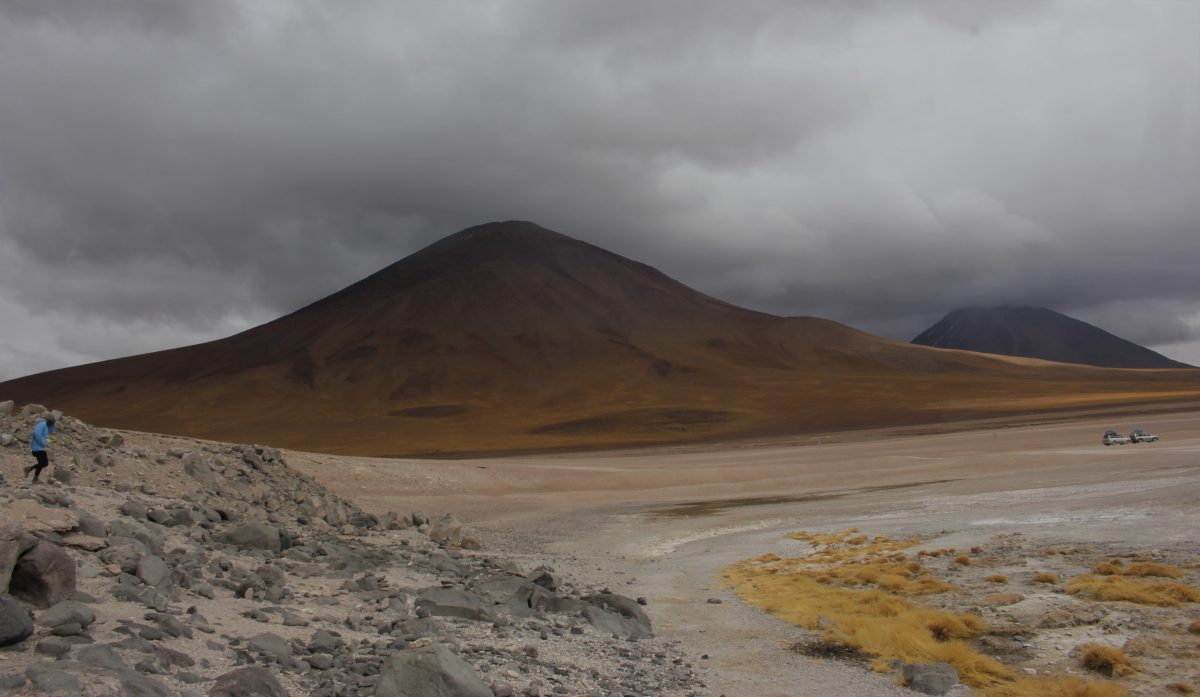
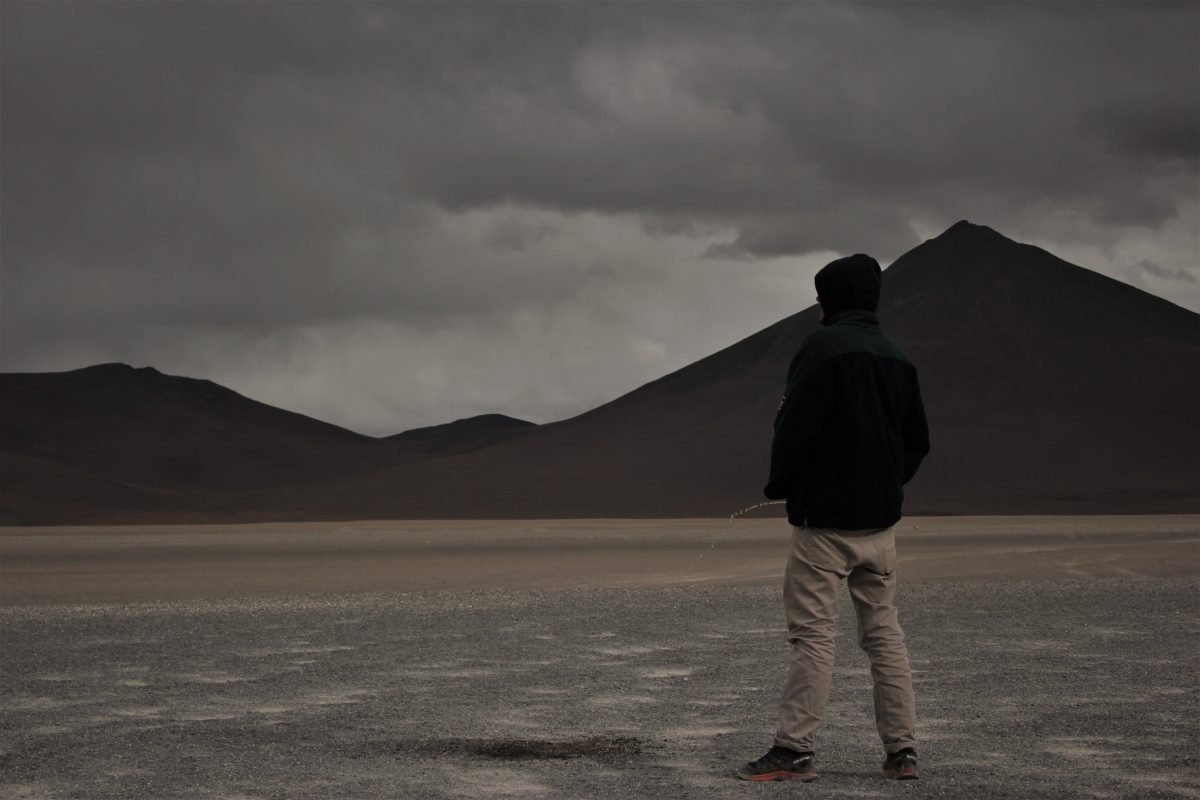
Shaun, at one of the stops only the two of us got out
In the second half of the day I had a soreness in my lower back, a common side effect for me after the peak of an acid trip. We had long stretches of driving and being stuck in the car for most of the day wasn’t ideal as I couldn’t use my go-to cure of stretching. Luckily I was sat up front in the seat with the most room- the others had been travelling together and as the newbie to the group they insisted I take the prime seat for the whole day. As everyone else drifted in and out of sleep I breathed and meditated calmly through difficult moments and the pain never became more than a slight discomfort. Arriving to the accommodation in the evening I stretched out on a bed which helped my back but still felt a little off physically – I figure the change in altitude (+2000km) had a fair part to play in this. For the evening I had a vague tired restlessness but didn’t have much problem going to sleep.
Summary
- Life had an extra vigour – more animated and stimulating
- Again, felt not only comfortable but enthused and cheerful in social situations
- Vague restlessness – never totally felt relaxed. It seemed to be a weird mix of surface level presence with an underlying uneasiness, a background hesitation, that despite feeling fine and in positive spirits, for whatever reason something telling me ‘you can’t totally relax’
- Sore lower back after halfway mark – typical for me on acid
- Good mindfulness through physical discomfort
Day 3 – Deeper Reflection
[This day was much more comfortable physically, I didn’t suffer from any back pains and had no need to meditate through discomfort. Also I remembered I had my windbreaker and ditched my layers, much better – 90% of the chill was coming from the wind. Without resisting the nippy gusts I felt much easier.]
On this day the stops were magical, the most beautiful of the tour, easily topping the first day. I had feelings of calmly blissful euphoria during moments spent out under the sun in these marvellous surroundings. I relished being out in these remote spots of natural beauty and each time the call came to get back in the 4×4 and move on, I felt a tinge of disappointment; I could’ve happily stayed longer at any one of the spots. Reluctant to go on, I was always last one back in.

I could’ve stayed here for days
As the day before, the afternoon had some long stretches of driving. Long stretches of silence filled the car as everyone else dosed off again. With the territory devoid of any signs of humanity the long quiet drives lent themselves to reflection. There was a difference in the quality and themes of my thoughts compared to normal, and I slipped more readily into alternative perspectives, thinking unusually deeply about choices in my life, the roots and causes of things, why I am who I am, the movement of everything within the great stream.
Gazing out felt kinda like time travel, I imagined our ancestors thousands of years ago treading this same unchanged landscape, nomadic tribes of hunter gatherers wandering this rough terrain for days and weeks on foot in search of a place that might be a settlement.
I tried to imagine how they perceived reality, disconnected from the matrix, no society-at-large to keep pace with, no news narrative to keep up with, zero sense of official history – only stories handed down from relatives or through tribes. As one of them, your reality would be the land and sky infront of you; the curves at the edge of turquoise lakes, the patterns within robust rock formations, steam dancing out of geysers. Following the stars for directions, counting the fingers until sundown, scanning the landscape for plants or movement – of prey, predators, and perhaps other people; an old alliance or group of wanderers speaking an alien tongue – this is what I imagined to occupy the minds of those wayfarers, this is how I imagined their reality.
What a different world we occupy than that of our cousin adventurers who made their way across this same land. For those nomads, lack of modern media and technology meant the impossibility of constant news and reminders of events happening miles away in places one’d never go; no disturbing news of the latest natural catastrophe or political scandal, no feeds of photos of other people living an entirely separate life, no bombardment of commercials or the desire for needless things that they create. No hunter gatherer ever looked at a screen and read of the latest buffoon to be made president or moved their finger to give approval of an image by or of someone they’d never meet; the only source of information outside of direct experience would’ve been the mouth of a living being standing in front of them.
Imagining their simpler existence I envied their lack of the moral dilemmas that we are faced with in the consumer society of today: What tech products can I buy without causing child labour in the congo? What clothes can I get without endorsing sweatshop slavery? Should I stop eating meat to lessen my carbon footprint? What should I do about the corrupt political system – vote for one of a choice of crooks, or not vote for anyone? And then, what can and should I do to play my part in positive societal change? None of these thoughts would have passed through their minds. Though they might still have had deeper thoughts about the more far-reaching ramifications of their actions, they were free of the overt madness that faces us in the modern globalised world as their basic actions for survival wouldn’t have had the same clearly traced consequence on the lives of people the other side of the world. Utilitarian considerations would surely be less labyrinthine and confounding. They would never have been forced to be made aware of the upshots of their actions so explicitly before being seemingly left with no option but to continue living in the very society that is the cause of these problems, therefore also contributing one’s own share to the evils of the world.
But there, I could see land untouched by civilisation. I peaked into the land and life of the past, saw ancient formations and structures that outdate the ancient cities of Athens and Rome. Staring out at the landscape I imagined those drifters and with the raw plainness of pure nature before me, tapped into their freedom from this modern psychological bind.
Summary
- Physically more comfortable than previous day
- Euphoric moments when outside under the sun
- Incredible beauty
- Wanted to spend more time at most stops
- Peaceful contemplation
- Enjoyed expanse of nature
Day 4 – The Last Day
[This was the first day that I felt diminishing effects from the D and therefore the weakest of the 4 days. I figure this was due to my body building tolerance.]
We rose early, driving out over miles of salt flats to see the sunrise from what used to be an island where the Incas made offerings to the god of the sun. After getting there and climbing to the top I took a seat facing the mountains to the east. It looked pretty cloudy so I didn’t think we would see the sunrise and after a while figured it wasn’t coming so got up to go over and chat to the others. Moments after I’d gotten up, Shaun called over to me ‘John!’ and pointed as if the sun had just popped up behind my back. I knew he was fucking with me so I flipped him off. ‘No really!’ he pointed again. I turned around and there it was; the tip of the orange arc peaking over the mountains. I’d missed the split second moment of appearance – but I didn’t feel disappointed, the inevitability of it seemed obvious; clearly I was never meant to see the sunrise on that crisp morning. I laughed to myself and took it as a lesson on patience.
I was in good spirits and seeing two guys chucking an American football on the flats went over to join them. I enjoyed the simple joy of chucking a ball and sensed a freeness amidst the disconnection of being in the middle of salt flats. It felt like being in the middle of an ocean. It wasn’t a typical experience of what I would consider being in nature: surrounded by trees in a wood or forest, or amongst towering mountains – there I could see flat endless pure white terrain to the horizon in every direction. It was the most distant I’ve ever felt from organised society, even being with other people.
At the end of the tour our driver left us in Uyuni, my first experience of Bolivian society. Walking through the town I felt excited to be in a new place, but not noticeably more so than how I normally feel arriving in a new place. Having taken the dose on this day around 5am, I suspect that the acid had actually worn off by the time we arrived. With a few of the others I grabbed a bus to Potosi, I was heading northwards towards the Amazon in my quest for ayahuasca.
Summary
- Diminished effects on the 4th day. This was probably the first actual ‘microdose’
- Positive outlook – didn’t feel disappointed missing the moment of sunrise
- Physical activity felt good – tossed that pigskin like a pro
Conclusion
Am I glad I did it? Absolutely. At the end of the tour my feeling was gratitude; for the opportunity to see nature on such a scale, the cheerful company of my fellow tourers, the magical places, and all of them combined. I imagine that most who are fortunate enough to go on such a tour, dosed or not, also feel grateful, but personally I know the experience wouldn’t have been the same if I hadn’t.
Though the doses may’ve been more effective if I’d taken a day’s gap (or 3) between each one, speaking from the other side I can say I still felt obvious effects for the first three days. However, there was a clear and significant dimishing on the 4th day – interestingly I’ve also read online of someone reporting likewise; not feeling any diminishing effects on consecutive days until day 4 (and they actually microdosed).
This was an entirely new experience for me; it was my first time on a tour of that nature, first time taking a lower dose, and first time taking acid on consecutive days. This obviously makes it very difficult to make any cross-comparison between the variables.
Does that render all of my observations as totally invalid? I don’t think so. Even if I’d taken nothing away from this wonderful experience it’d have been worth it on its own merit, but beyond the joys of the trip itself I do feel I’ve gleaned some useful info on the effects of acid at lower doses. I found that it’s totally fine for me to be around other people and can actually make me more talkative and open, enhancing interactions and conversations.
The experience has also led me to believe that in certain potentially stressful situations, ones that may therefore seem especially inappropriate on a psychedelic, a lower dose could actually be an aid of great benefit. An aid in staying mindfully calm and focused, and to lessen the chance of spiralling into negative thought patterns or ‘freaking out’ – interestingly something that high doses of psychedelics are often believed to increase the odds of. Obviously this requires more investigation and I intend to try microdosing again in a more controlled environment. Stay tuned.
.



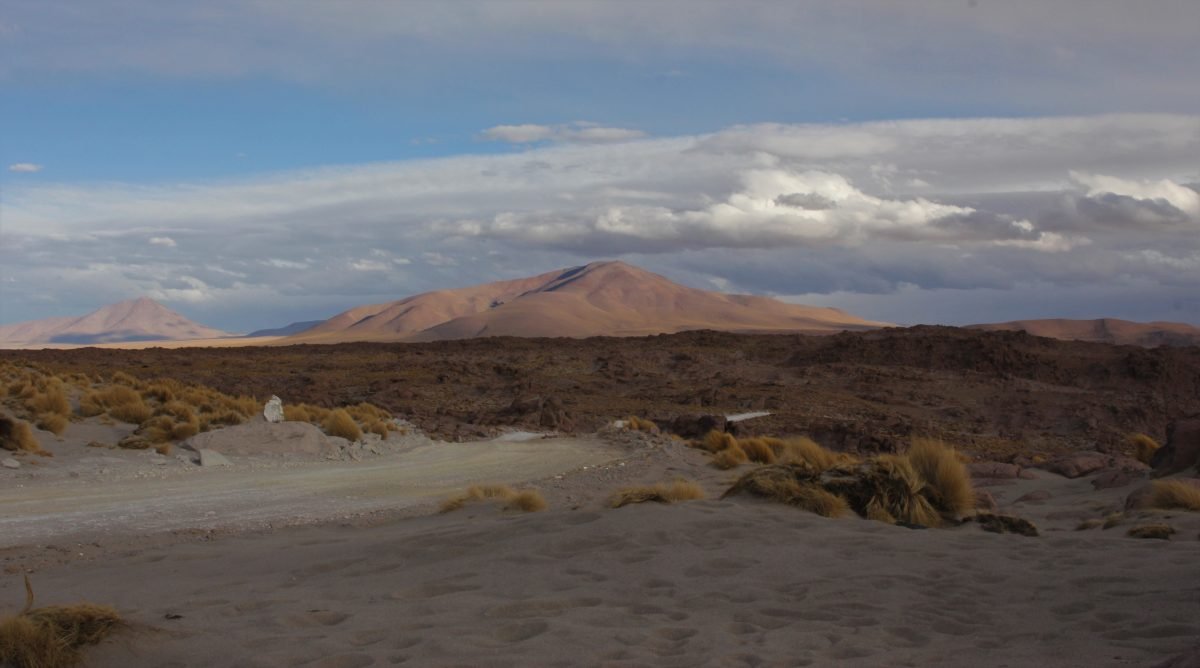
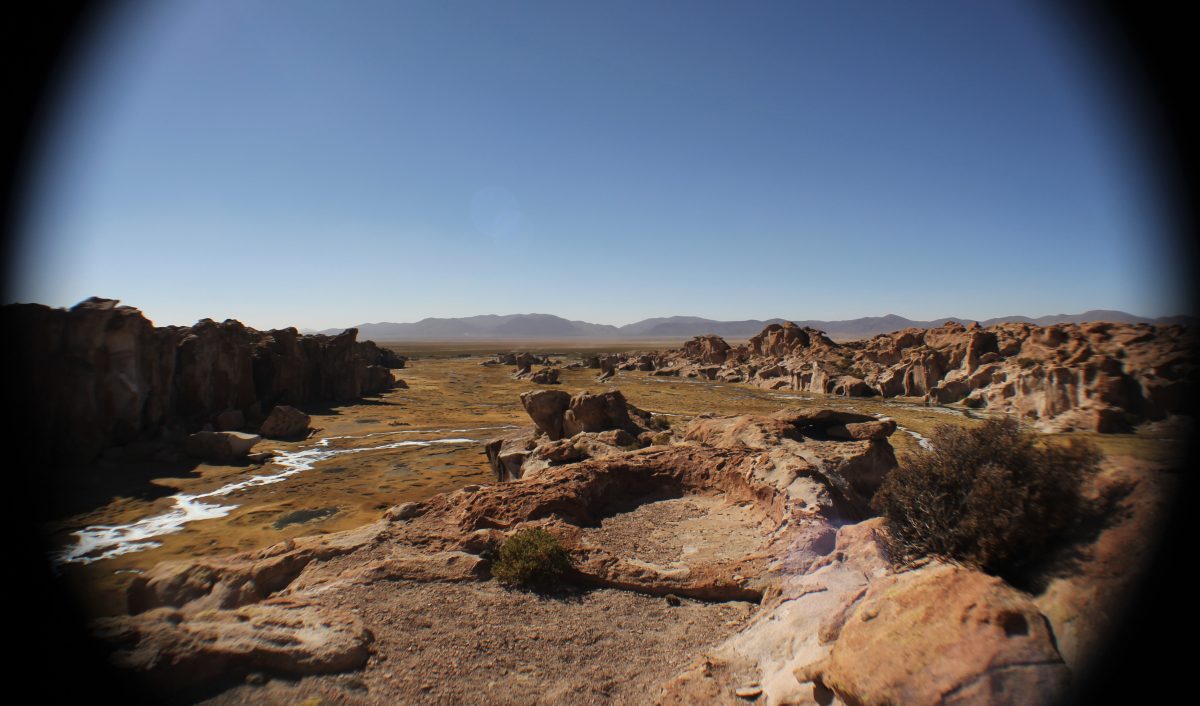
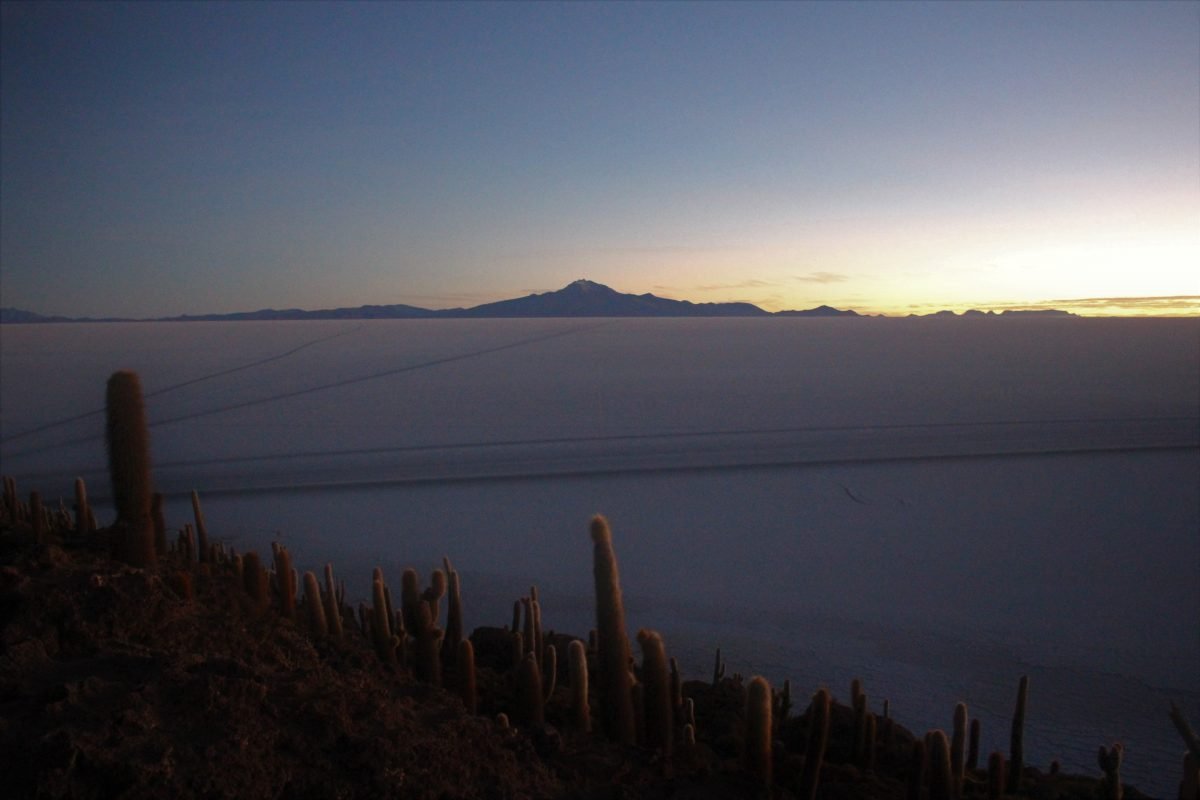

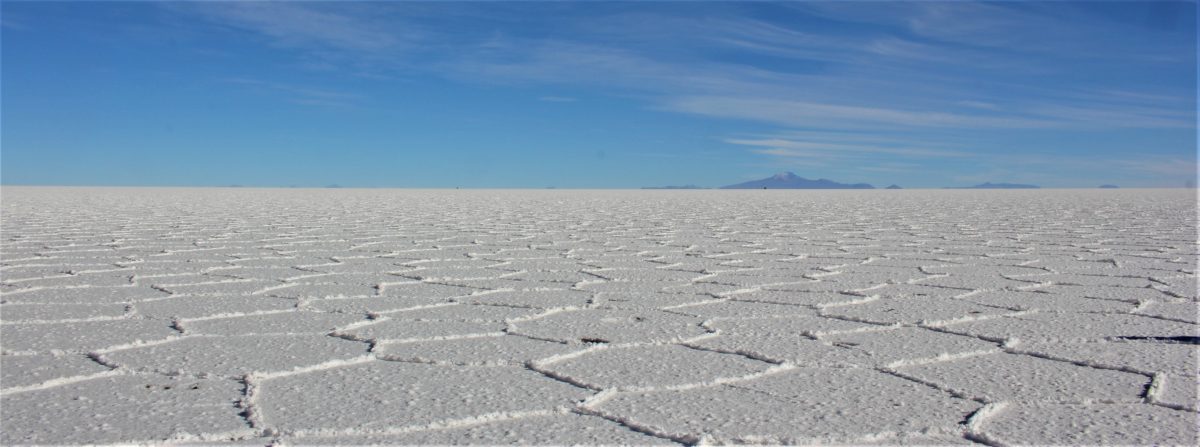
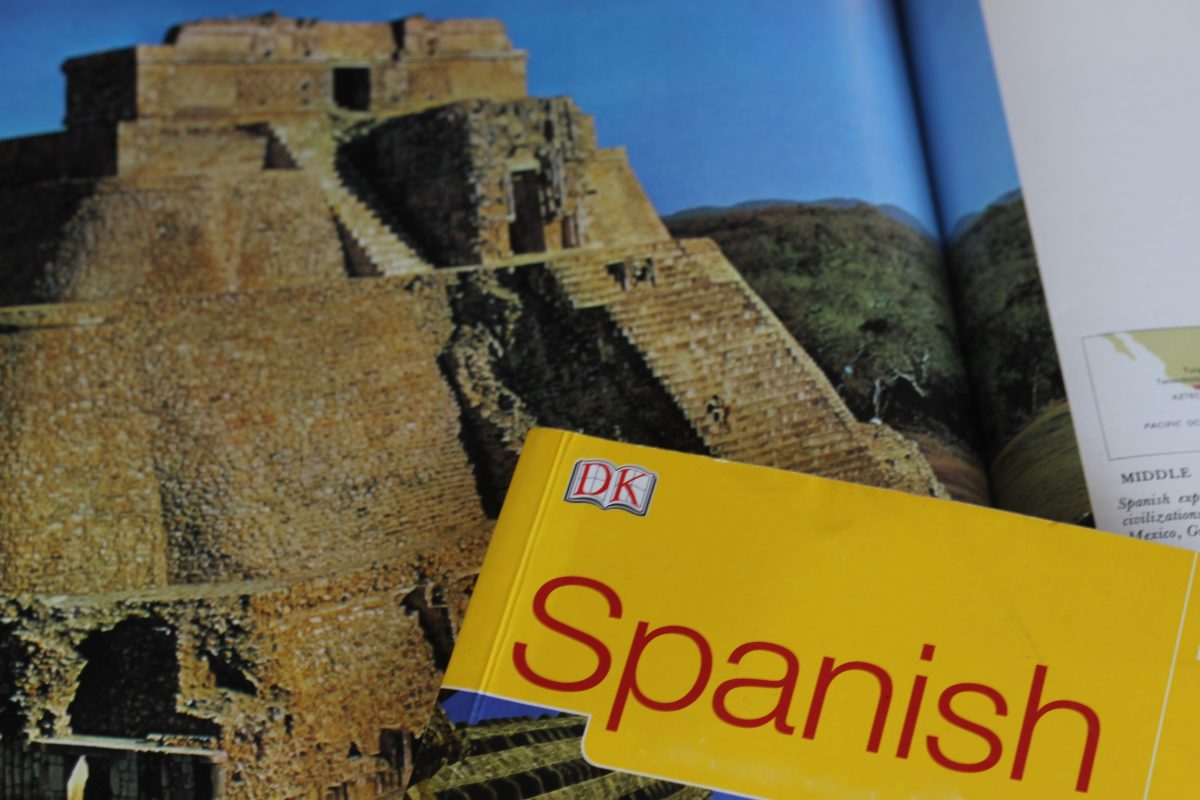


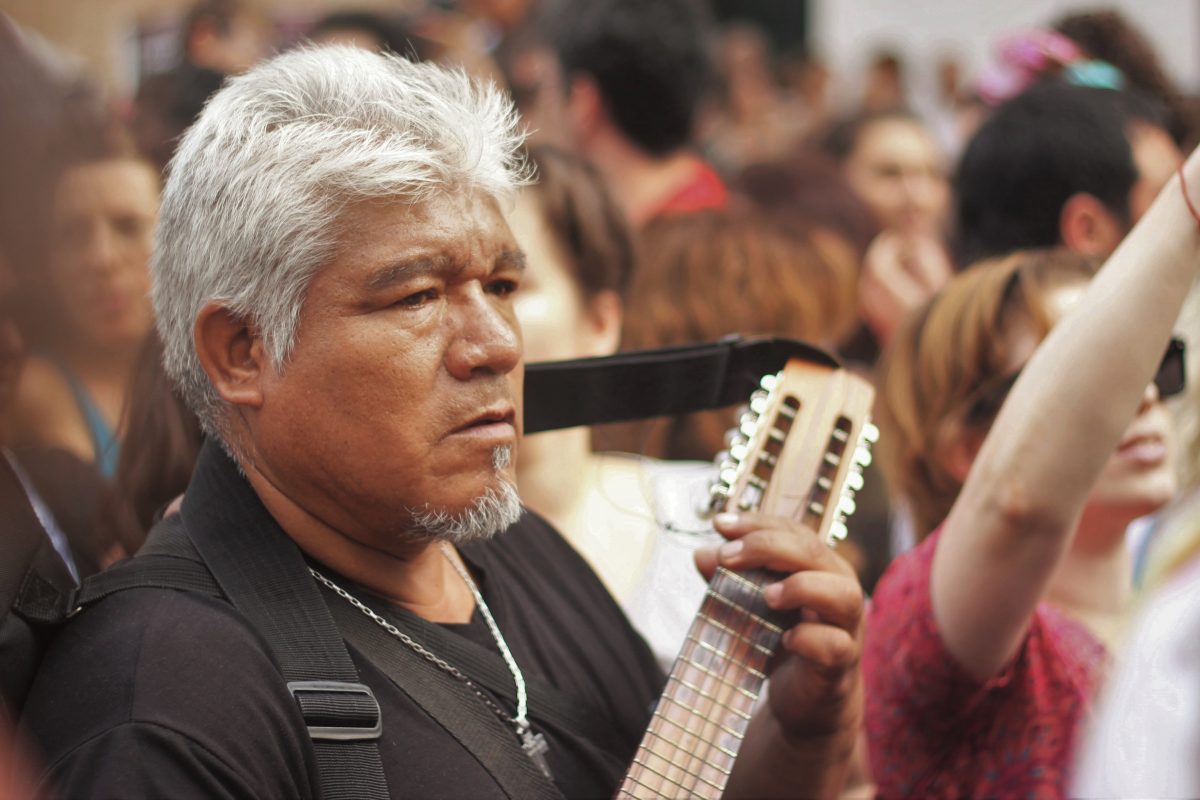

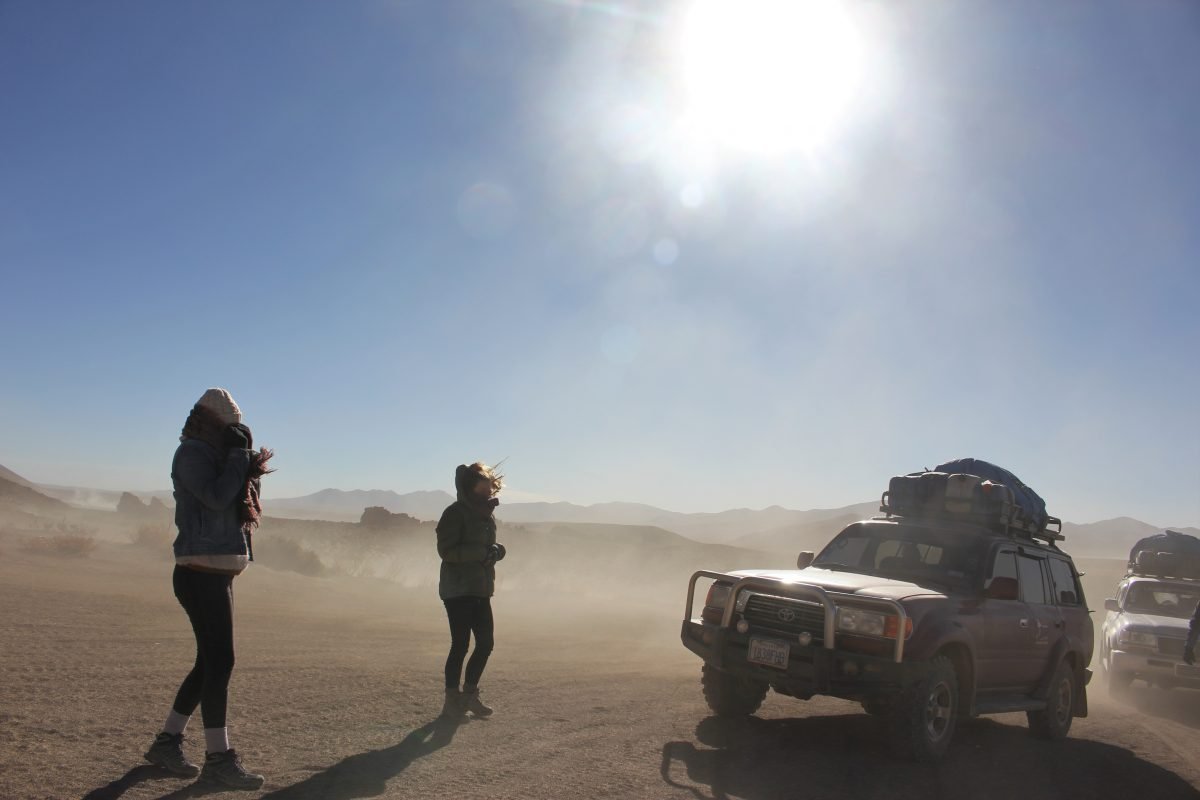
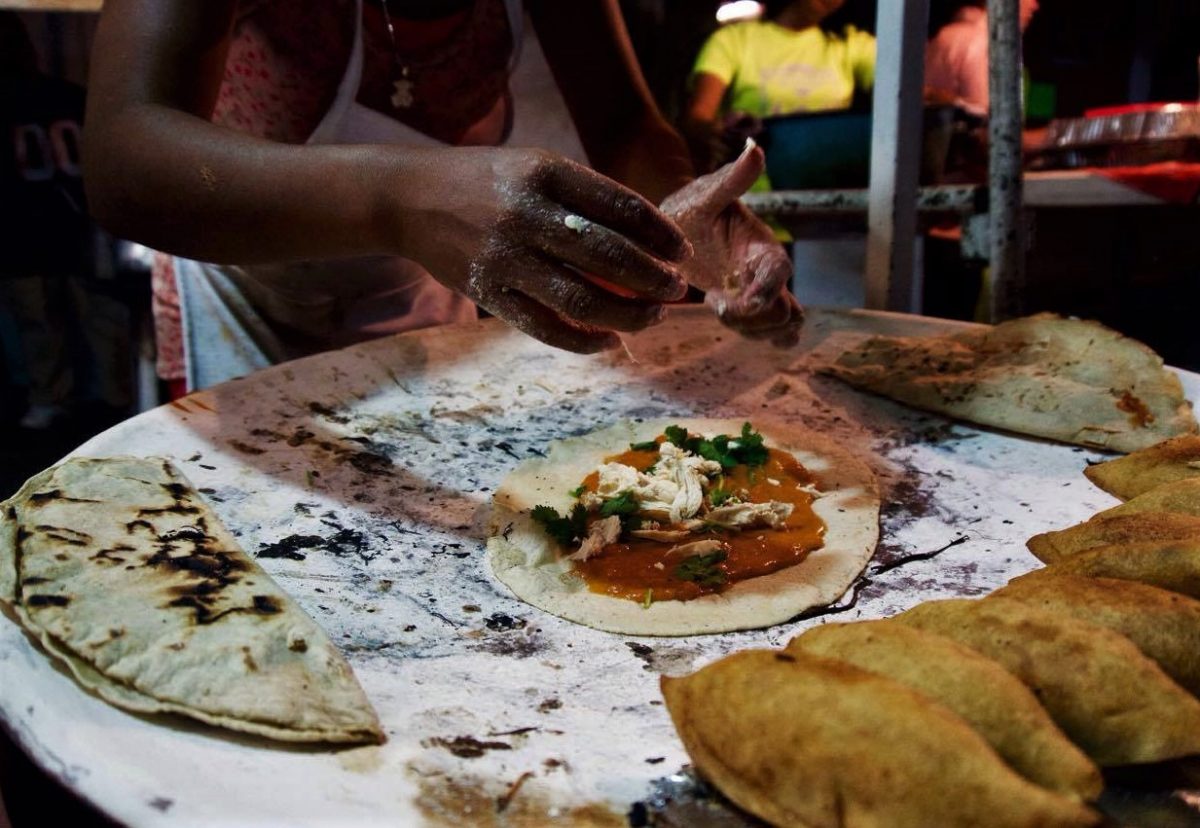
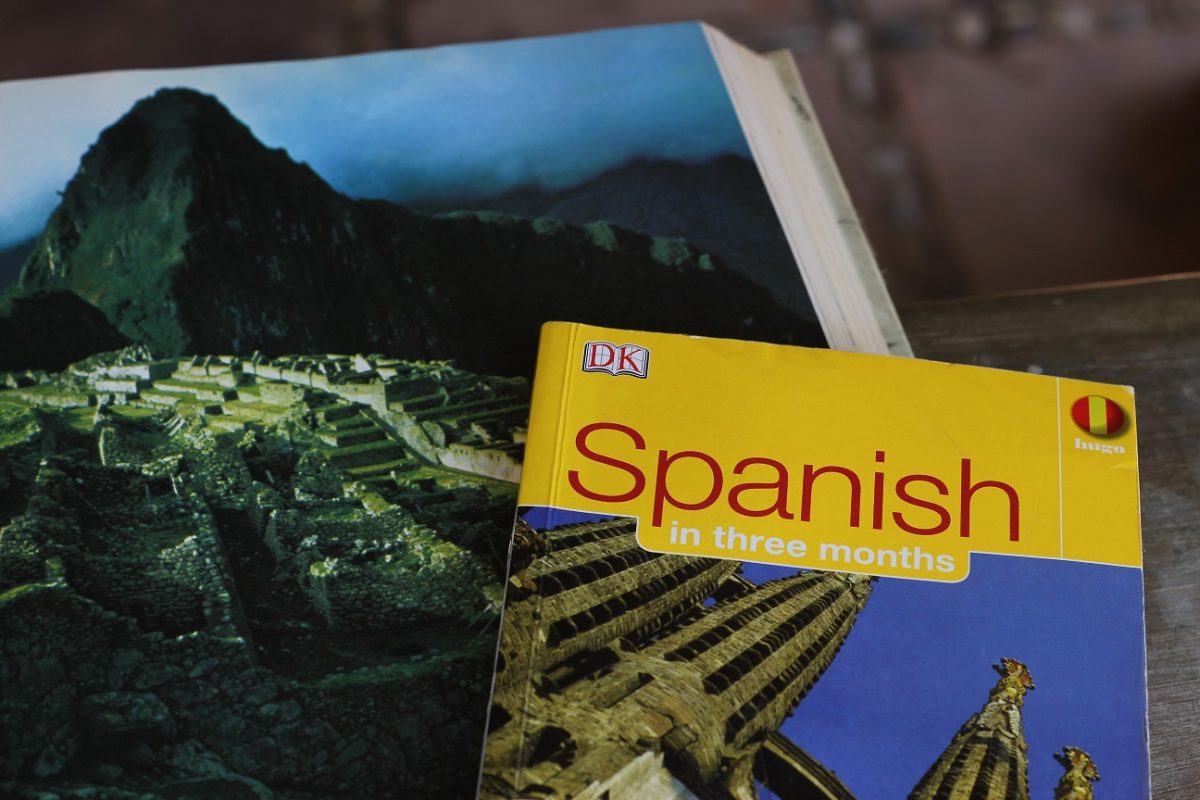

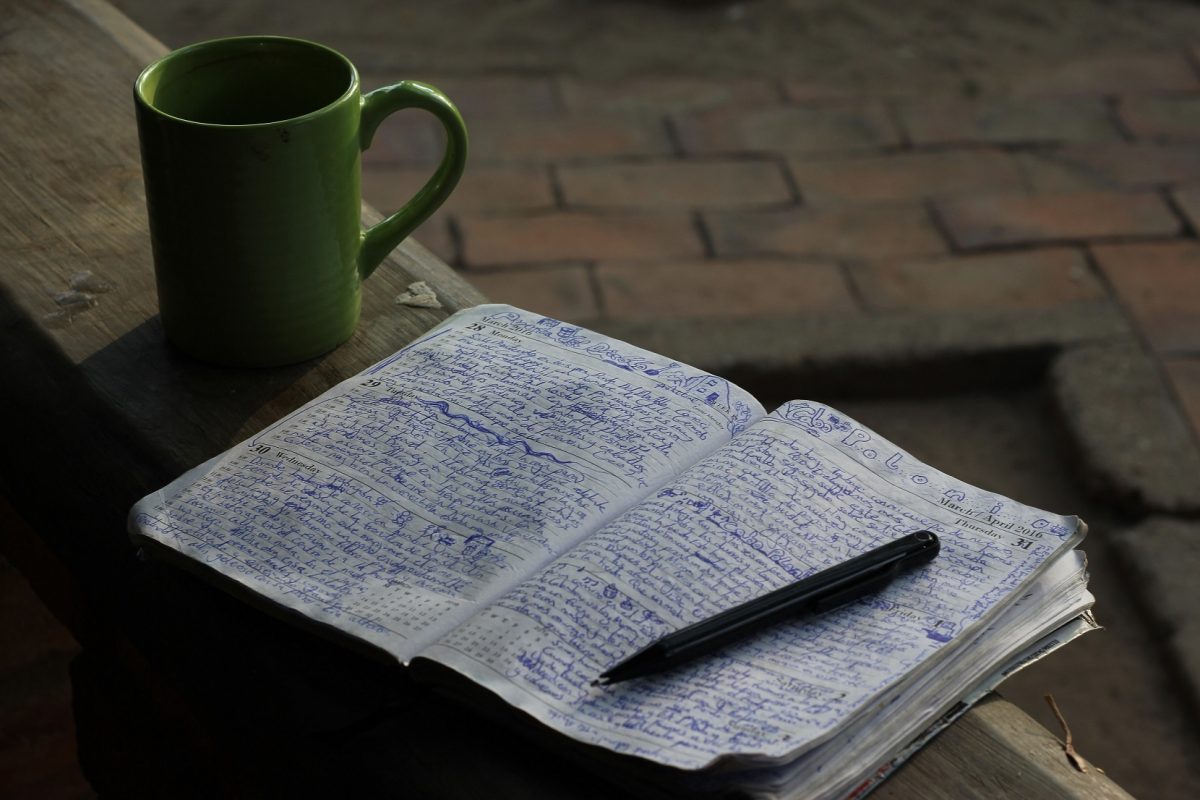
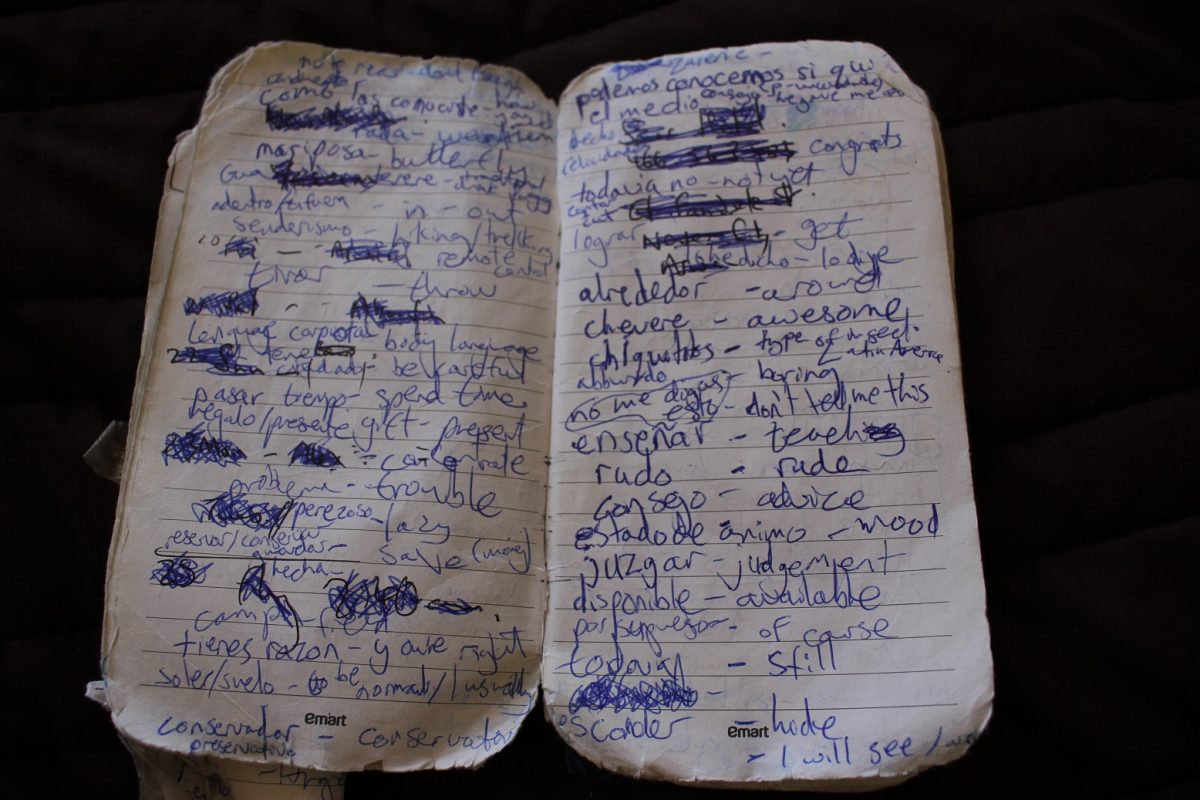
 Working with people in Spanish forces you to use it. I worked in a hostel for a month in Cordoba and needed to use Spanish to check people in, sell beers and answer the phone. I wasn’t too keen on phone calls, the lack of the use of my hands to mime or draw myself out of tight spots worried me but the job required it and eventually I got comfortable taking calls. By working as a volunteer you will be surrounded by the language and making local friends too.
Working with people in Spanish forces you to use it. I worked in a hostel for a month in Cordoba and needed to use Spanish to check people in, sell beers and answer the phone. I wasn’t too keen on phone calls, the lack of the use of my hands to mime or draw myself out of tight spots worried me but the job required it and eventually I got comfortable taking calls. By working as a volunteer you will be surrounded by the language and making local friends too.
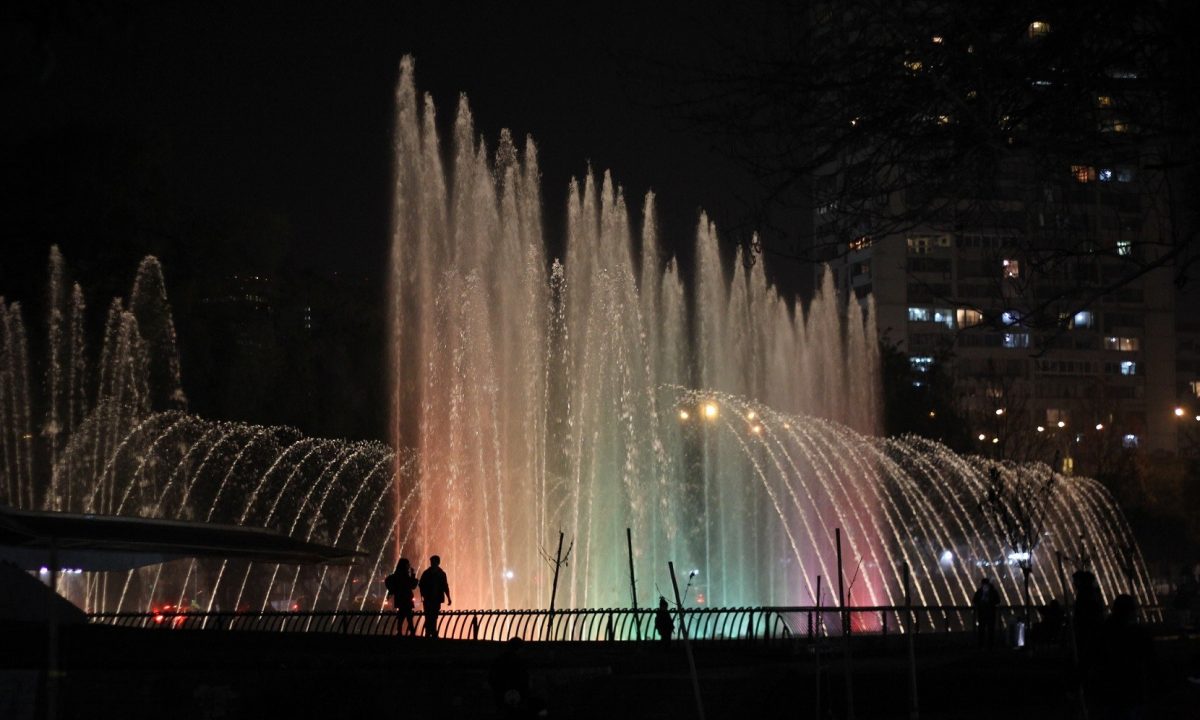
 Have a bio in Spanish, message them in Spanish, then go on a date! To start with you can meet up with locals who speak a bit of English too, and in a few months you won’t be limited by your language skills. If you like them you’re gonna have serious motivation to learn more, and if you end up with a romance or a boy/girlfriend, well, your learning curve will steepen dramatically.
Have a bio in Spanish, message them in Spanish, then go on a date! To start with you can meet up with locals who speak a bit of English too, and in a few months you won’t be limited by your language skills. If you like them you’re gonna have serious motivation to learn more, and if you end up with a romance or a boy/girlfriend, well, your learning curve will steepen dramatically. Everyone knows about duolingo now so all I need to say is; use it! I’ve met so many travellers who have it on their phone but don’t use it. Set a daily goal on the app and build up a run of days. It isn’t time consuming, meeting your target can be 5 minutes a day. Install it, use it, it works!
Everyone knows about duolingo now so all I need to say is; use it! I’ve met so many travellers who have it on their phone but don’t use it. Set a daily goal on the app and build up a run of days. It isn’t time consuming, meeting your target can be 5 minutes a day. Install it, use it, it works! Another very useful app, Memrise has fun ways to learn vocab which actually work. There is a course with the 250 most common Spanish verbs – massively recommend it. This is the backbone of the language and these verbs will be used in at least 80% of your interactions. When you learn how to change a verb depending on its tense, having these 250 verbs will begin to open you up to exploring deeper topics of conversation.
Another very useful app, Memrise has fun ways to learn vocab which actually work. There is a course with the 250 most common Spanish verbs – massively recommend it. This is the backbone of the language and these verbs will be used in at least 80% of your interactions. When you learn how to change a verb depending on its tense, having these 250 verbs will begin to open you up to exploring deeper topics of conversation.